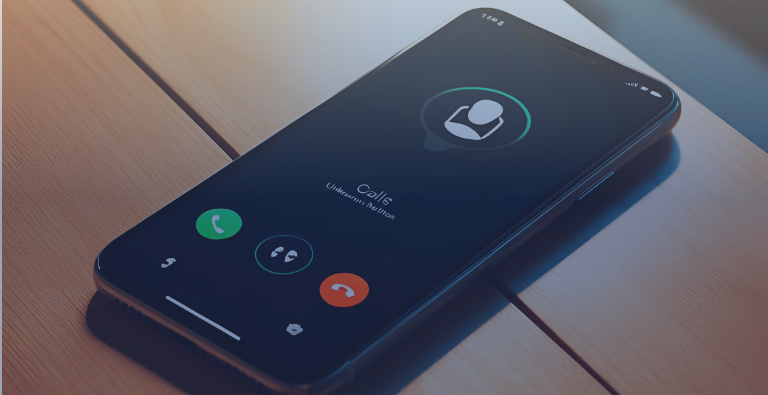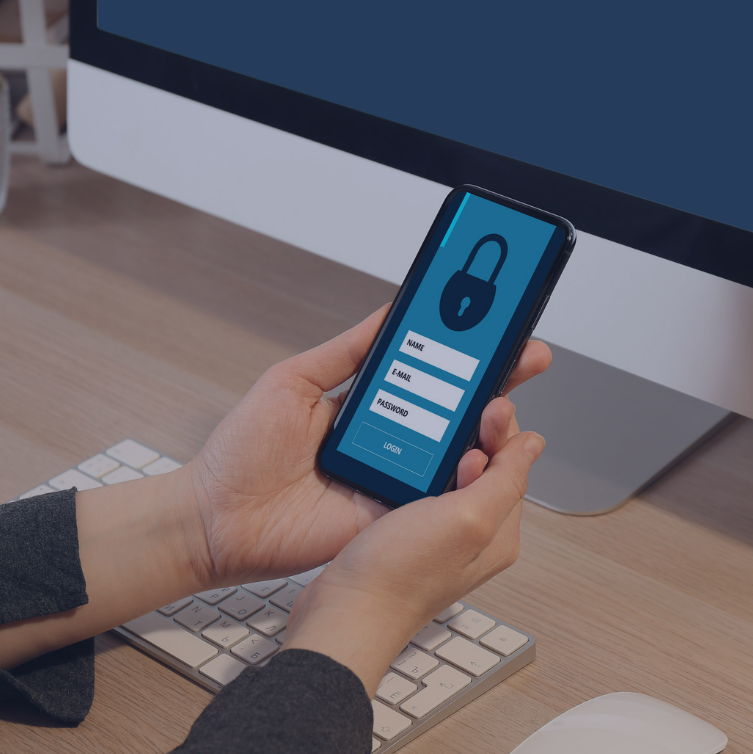Why Your Phone Line is the New Weak Link in Cybersecurity
In an era where organisations have poured significant resources into fortifying their digital infrastructure, a seemingly archaic technology – the telephone – has emerged as a surprisingly vulnerable chink in the armour. While firewalls, intrusion detection systems, and sophisticated endpoint protection have become commonplace, voice communication channels have often been overlooked, creating a fertile ground for the resurgence of vishing, or voice phishing. This vulnerability is particularly acute for legal, finance, and professional service firms, where trust and the rapid execution of instructions are paramount. It has been further amplified by increasing sophistication of voice fakes, and significantly exacerbated by the shift towards mobile communication over traditional landlines and switchboards.
For years, cybersecurity efforts have predominantly focused on protecting data, networks, and digital assets. Organisations have invested heavily in securing their IT infrastructure, implementing robust measures to ward off malware, ransomware, and data breaches. However, the humble phone line, often perceived as less of a threat, has inadvertently become a prime target for cybercriminals. This oversight is becoming increasingly critical as attackers exploit the inherent trust associated with voice communication and leverage new technologies to enhance their deceptive tactics. The move towards increased mobile phone usage for work communication has demonstrably amplified this vulnerability.
The shift to mobile: undermining traditional voice security – a critical concern for regulated industries
The increasing reliance on mobile phones for work communication, particularly in hybrid working models in legal, finance, and professional services, has inadvertently dismantled several layers of traditional voice security. This shift provides a plausible and increasingly evident link to the surge in vishing attacks, posing significant risks to firms that handle sensitive client information and high-value transactions. The erosion of traditional safeguards is particularly concerning due to:
• The erosion of the gatekeeper and the illusion of qualification: Traditionally, company switchboards and receptionists acted as crucial gatekeepers, screening incoming calls and often identifying suspicious or unsolicited contact. In high-stakes environments like financial firms, calls that successfully navigated this initial layer might have been implicitly regarded internally as "qualified" or "screened." The danger now is that if a vishing call, perhaps using a sophisticated voice fake, makes it directly to a broker or trader's mobile, it bypasses this crucial human vetting process. The recipient might then proceed with instructions, believing the caller to be a legitimate client whose call has already been implicitly verified by a receptionist, potentially leading to significant financial losses or unauthorised transactions.
• The misplaced trust on mobile and exploited spoofing: Professionals in these sectors, like others, may have an inherent, albeit misplaced, sense of trust associated with calls received on their personal mobile phones. This trust is dangerously exploited by attackers who can easily spoof caller IDs to mimic legitimate clients or even senior partners within the firm. For legal firms, this could lead to the release of confidential information under false pretences. For financial institutions, it could authorise fraudulent transfers. The ease of caller ID spoofing on mobiles makes this a particularly potent threat.
• The decentralisation of knowledge and the loss of centralised threat intelligence: When all external calls flowed through a central switchboard, organisations could maintain centralised logs and even blacklists of suspicious numbers or known fraudulent callers. This shared intelligence allowed for quicker identification and dissemination of potential threats. However, with the decentralisation of communication through hybrid working and the prevalence of mobile phone use, this centralised knowledge base has been fragmented. Legal, finance, and professional service firms often handle highly sensitive and confidential matters, making the lack of a centralised system to flag potentially malicious mobile calls a significant security gap. The inability to easily track and share information about suspicious mobile activity across the firm hinders proactive threat mitigation.
The neglected vulnerability: the unsecured phone line – a target for high-value attacks
The reasons behind this relative neglect of phone security are multifaceted. Historically, phone systems were often seen as separate entities from IT infrastructure. Security measures for voice communication tended to be less sophisticated and less integrated into overall cybersecurity strategies. This has created a significant disparity, where advanced security protocols protect digital domains while phone lines, especially mobile devices used for work by high-value targets within legal, finance, and professional services, remain comparatively unguarded.
It’s notable that the frontline of fraud has shifted to voice communication precisely because other avenues have become more challenging for attackers due to enhanced security measures. The relative ease with which attackers can exploit the human element over the phone, compounded by the vulnerabilities introduced by increased mobile usage, makes vishing an increasingly attractive and effective attack route, particularly for targeting firms with significant financial assets or sensitive client data.
The AI and voice fake revolution: amplifying the threat to trusted professions

The recent advancements in artificial intelligence, particularly in voice synthesis and deepfake audio, have injected a new level of sophistication into vishing attacks. Attackers can now convincingly mimic the voices of trusted individuals – senior partners, key clients, or even regulatory authorities – making their impersonations far more believable than ever before. This technological leap, combined with the direct access afforded by mobile communication, creates a potent and dangerous combination for professionals in legal, finance, and related fields, where trust in communication is paramount.
Why vishing is on the rise: exploiting the security gap in critical industries
The resurgence of vishing can be attributed to several key factors, amplified by the increased reliance on mobile communication and posing specific threats to legal, finance, and professional service firms:
High success rate: The personal nature of a direct call to a mobile device can lower an individual's defences, especially when dealing with seemingly familiar voices or urgent requests related to client matters or financial transactions.
Bypassing digital defences: Mobile calls inherently bypass traditional network security measures designed to protect digital assets.
Leveraging trust and authority: Caller ID spoofing on mobiles enhances the credibility of impersonations of clients, partners, or regulatory bodies.
The power of urgency and emotion: Attackers exploit the immediacy of a phone call, often creating scenarios involving critical deadlines or urgent client needs, to pressure mobile users into hasty actions.
The impact of AI voice fakes: AI makes mobile vishing even more convincing, potentially leading professionals to believe they are speaking to a known and trusted party.
The lack of centralised screening and knowledge: Mobile communication lacks the gatekeeping and threat intelligence benefits of traditional switchboard systems, making it harder to identify and prevent targeted attacks on specific individuals or departments within these firms.
Bridging the voice security gap: a call to action for legal, finance, and professional services
The rising tide of vishing, fuelled by the relative insecurity of voice channels, the advancements in AI voice fakes, and the vulnerabilities introduced by increased mobile phone use, demands an immediate and focused response from legal, finance, and professional service firms. The potential for significant financial loss, reputational damage, and breaches of client confidentiality necessitates a robust strategy to address this evolving threat.
Addressing this vulnerability requires a multi-pronged approach:
1.
Enhanced, sector-specific awareness and training: Educate employees about vishing tactics, the specific risks associated with mobile calls in their professional context (e.g., client impersonation, fraudulent transaction requests), and the dangers of AI-generated voice fakes. Emphasise the critical importance of independent verification of all sensitive requests, regardless of the perceived legitimacy of the caller or the urgency of the situation.
2.
Mandatory, multi-factor verification protocols for sensitive instructions: Implement stringent protocols requiring multi-factor authentication or independent verification through established, secure channels (e.g., secure client portals, pre-agreed contact methods) for any sensitive instructions received via phone, especially on mobile devices. This is crucial for preventing unauthorised financial transactions or the release of confidential client information.
3.
Exploring advanced voice authentication and analysis technologies: Investigate and implement technologies that can verify caller identity and detect potential fakes, even on mobile devices. Solutions that analyse voice patterns and compare them against known legitimate voices could provide an additional layer of security.
4.
Integrating voice security into comprehensive cybersecurity frameworks: Ensure that mobile phone security and voice communication are explicitly addressed within the firm's overall cybersecurity policies and procedures. This should include guidelines on the secure use of personal mobile devices for work purposes.
5.
Fostering a culture of heightened scepticism and reporting: Encourage a culture where professionals feel empowered and obligated to question any unsolicited calls requesting sensitive information or urgent action, especially on their mobiles. Establish clear and confidential channels for reporting suspicious calls without fear of reprisal.
6.
Developing enhanced strategies for decentralised threat intelligence: Implement internal systems for employees to easily report suspicious mobile calls, and establish mechanisms for quickly issuing this information across the firm to raise awareness of emerging vishing tactics and potential threats.
Securing the unsecured: a necessary evolution for trusted advisors
The advancements in cybersecurity have inadvertently pushed attackers towards less protected avenues, and the mobile phone has become a prime entry point, particularly for targeting high-value sectors like legal, finance, and professional services. The rise of sophisticated AI voice fakes, coupled with the direct and less scrutinised nature of mobile communication, has created a perfect storm for vishing. These firms must now recognise the critical need to address the voice security gap, especially concerning mobile devices used for work, and integrate robust, sector-specific measures to protect this increasingly vulnerable communication channel. Not doing so will leave them susceptible to increasingly sophisticated and potentially devastating vishing attacks with significant financial, legal, and reputational consequences.
ComXo has been trusted by top Global firms to provide secure switchboard and helpdesk services for over 35 years. We’re continually investing in our people, process and tech to ensure the highest level of security for our clients calls. If you’d like to know more, get in touch.



